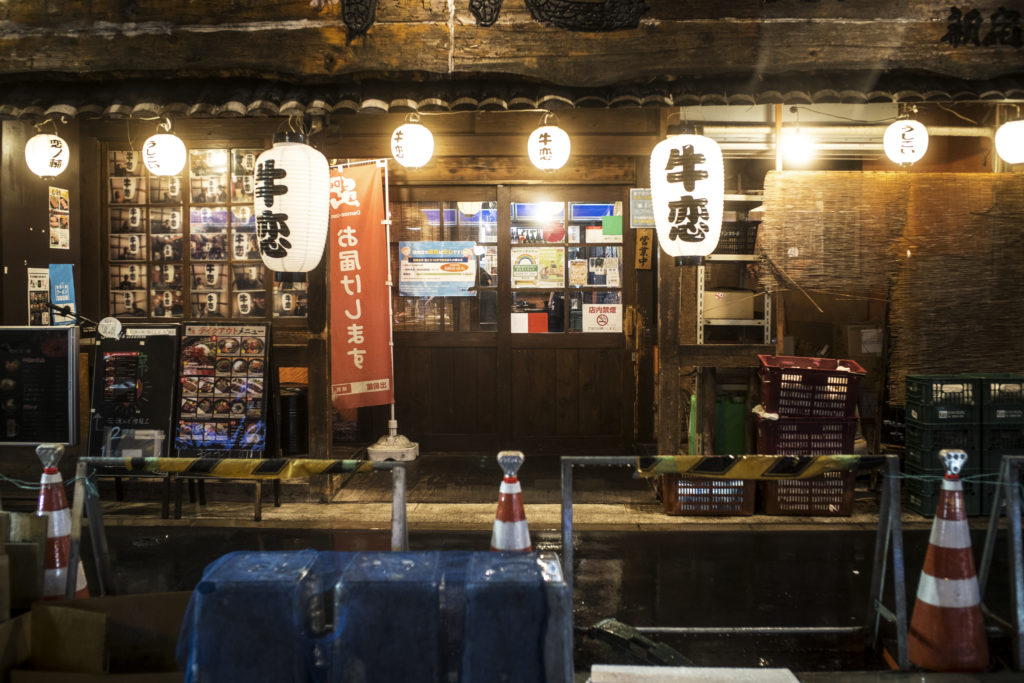Sake is an alcoholic beverage that has been an integral part of Japanese culture, tradition, and history for centuries. In this article, we will explore the history and culture of Sake, its image in Japanese society, its influence on the Japanese population and economy, cultivation process, how to make good Sake, and the best places to find it.
Table of Contents
History and Culture of Sake
Sake has been brewed in Japan for over 2,000 years and has played an essential role in Japanese culture and tradition. During the Yayoi period (300 BC – 300 AD), sake was used for religious ceremonies and medicinal purposes. It was only later that it became a popular alcoholic beverage. In the Heian period (794 – 1185 AD), Sake became an important part of Japanese culture and was used in social and political events.
Today, Sake is often served at weddings, festivals, and other special occasions. It is also a popular drink in izakayas (Japanese-style pubs), where people gather to drink and socialize. The production and consumption of Sake have become a symbol of Japanese culture, and it is often depicted in Japanese art, literature, and media.
Sake’s Image in Japanese Society
Sake has a unique and distinct image in Japanese society. It is often associated with tradition, culture, and sophistication. Sake is a drink that is meant to be savored and enjoyed, and it is often served in special cups or containers that are designed to enhance its flavor and aroma. It is also a versatile drink that can be paired with a wide range of foods, from traditional Japanese cuisine to international dishes.
Sake’s Influence on Japanese Society and Economy


Sake is not only an important part of Japanese culture and tradition but also a significant contributor to the country’s economy. The Japanese sake industry generates billions of yen in revenue each year and provides employment opportunities to thousands of people. Sake is also an essential export product for Japan, with exports reaching countries all over the world.
Sake’s Cultivation Process
Sake is made from rice, water, yeast, and koji (a type of fungus). The rice used in Sake production is a special type of rice that has been cultivated for brewing. The cultivation process involves a careful selection of rice varieties, milling the rice to remove the outer layer, washing the rice, and soaking it in water.
After the rice has been soaked, it is steamed and then mixed with koji and yeast. The mixture is then allowed to ferment, which converts the starches in the rice into alcohol. The fermentation process can take anywhere from two to four weeks, and the resulting liquid is then pressed to remove any solids and bottled.
Making Good Sake

Making good Sake requires attention to detail and careful attention to every step of the brewing process. The quality of the rice used, the purity of the water, and the temperature and humidity during the fermentation process all play a crucial role in the final product’s taste and aroma. It is essential to use the right amount of koji and yeast and to control the fermentation process carefully to achieve the desired flavor and aroma.
The skill and expertise of the master brewer, or toji, are also essential to making good Sake. To become a toji, one must undergo years of training and apprenticeship under an experienced master brewer.
Best Places to Find Sake in Japan

Sake is widely available in Japan, and there are many places to find it. Some of the best places to find Sake in Japan include Tokyo, Kyoto, Nara, and Hiroshima. In Tokyo, the Nihonshu Standing Bar is a popular spot to try different types of Sake, while Kyoto has many traditional Sake breweries that offer tours and tastings. In Nara, the Miwa Somenotsukasa Sake Brewery is one of the oldest and most famous Sake breweries in Japan. Hiroshima is also known for its Sake, with the Kamotsuru Sake Brewery being one of the most popular.
Conclusion
In conclusion, Sake is a unique and distinct part of Japanese culture and tradition. Its rich history, complex brewing process, and unique taste and aroma make it a beloved drink in Japan and around the world. Sake’s influence on Japanese society and economy is significant, and it continues to be an essential part of Japan’s identity. Whether you are a seasoned Sake drinker or new to the drink, exploring the world of Sake is a fascinating and rewarding experience. So, next time you visit Japan, make sure to try some of the country’s finest Sake and experience the rich culture and tradition that it represents.

